The Unexpected Benefits of Living Car-Free
In the past two years, JZ and I experienced a shift from hectic, over-planned schedules to purposeful, meaningful, family activities. We credit this transformation to living car-free, which forced us to change our pace. We share how we made the transition, realized the unexpected benefits, and our tips on incorporating elements of living car-free into your everyday adventure to help you slow down and enjoy the journey.
Our journey to living car-free, was just that – a long evolution of habits that shifted our transport from auto-focused to bike-focused. In Charlotte, JZ and I lived just outside the city center, and this meant, home, work, and entertainment were situated within a relatively small radius. Which also made it easy to zip around in a car between all of the different errands we “needed” to run. Our week included scheduled activities requiring driving, three to four evenings, in addition to regular dinner dates with friends. I can’t say that I felt particularly stressed during this time, but I also can’t remember being relaxed or content. I always felt like there was more to do: at work, with our apartment, in various groups we were involved, and in whatever race we were preparing to run.
I walked into work throughout this time, mostly because I am cheap and parking in uptown is expensive, but I appreciated the time to prepare myself for the day and then to decompress on the way home. I came to realize the value of this slower pace, and we began to introduce bikes as a main method of transportation, although JZ was already a big proponent of casual cycling for shorter trips.
We also increased our involvement in the Charlotte bike community through triathlon training, volunteering for the local bike-share, and participating in casual social rides. We even led a few bike and brewery tours in the summer! However, we did not see a reason to sell either of our two fully paid-for cars.
Periodically, we would realize that one of the cars rarely got driven, and discussed selling one, but we still used them for most of our shopping, errands, and weekend trips. Also, we both attended Bible studies on opposite ends of town, one day a week, and this remained reason enough to keep both cars.
Losing the Vehicles
The decision to move to Sydney came with a conscious preference for a slower pace of life and the opportunity for car-free living. We researched the best places to live in Sydney for cyclists (it is no coincidence that we are near a hub of protected cycleways), how to get our bikes past customs (professional cleaning, and new tires did the trick!), and took the plunge. Obviously, our story is complicated a bit by having 8 week old CZ along for the ride, but we noticed a considerable difference in the pace of life – and not just because we were zombies from a lack of sleep.
When CZ was an infant, we relied heavily on public transportation, and we are very lucky that Sydney’s buses, trains, and ferries are fairly reliable and clean. Overall, it is a decent way to travel, but public transit is very crowded during rush hour, making you feel too much like part of the daily grind. Once she was strong enough, we moved her to the Yepp Maxi Seat on JZ’s bike, and love that cycling is now our main form of transportation. I can clearly see how living car-free has allowed us to slow down and enjoy the experience of life, instead of the focus on speeding up to reach a destination.
Benefits of Living Car-Free
Not having a car means we only carry what we can load on the bikes, and it takes longer to get to many destinations. But somehow, we end up with more time, and we think it has to do with forced efficiency. Not only do we have to think about purchases, but we tend to do more in concentrated areas. As an added bonus, the savings from not owning a car more than offset paying a few dollars more for groceries or home-goods because we don’t drive to the cheapest store. So much of my work, personal technology and even our travel, is fast-paced, goal-oriented, and focused on end-goals or destinations that continually prove elusive. I try to stay present and “in the moment,” by forcing myself to pause and read, have a cup of tea, or meditate (JZ and I are loving this guided meditation track to clear our minds before sleep). But too often, I hear the buzz of my phone, and get sucked into a technology black hole so this extra time is much appreciated.
Mindfulness – The moments we spend biking to work and the store, walking down to the pharmacy, or taking the train to the Blue Mountains, correspond with the times that I am most present and content with my life. Living car-free forces me to enjoy the journey, instead of hurriedly moving from one place to another. This makes me less concerned with getting to our destination faster, and I am able to experience our trip – not just complete it. When we miss a light, I’m not agitated or frustrated; it simply means I have a little more time in the sun, and a chance turn around to tickle CZ.
This presence and mindfulness during our travels also drives our purchasing decisions. We live in a much smaller apartment than in Charlotte, we have to buy less stuff, and limited cargo capacity keeps us focused on the planned purchase list. Gone are the days where a 10 minute trip to Marshall’s to “see if they have a brown, wooden, circle picture frame” results in new five throw pillows and few bags of snack mix because it’s such a great deal. The inconvenience of carrying everything we buy, results in rarely buying unplanned items or throwing something into our cart on a whim, especially since we occasionally walk to the store.
Time Outside – I love how much of our day is spent as a family outside. One of the things I miss most from our pre-child life, is the evening walks JZ and I would take after dinner around our neighborhood. It was a nice way to catch up on each other’s day, breathe in fresh air, and use our legs. With a child, we adhere to strict bedtime rituals and timing, and with our child, wake-up time is quite early. We use the morning commute to gain meaningful time together. CZ enjoys her ride while waving and shouting at pedestrians, and JZ and I can chat while biking towards the city. Thankfully, Sydney’s temperate weather makes it enjoyable on most days.
Physical Activity – Living car-free adds physical activity everyday events like grocery trips and other errands. It has become harder and harder to carve out “me time” to work out, but riding and walking everywhere helps us stay fit. Riding is now our main form of exercise, and we notice progress as we stay in harder gears around this hilly city. Even when we aren’t biking, living car-free means that we carry everything and anything we purchase with our backs or arms.
Parking – The most fabulous benefit: we rarely worry about parking. While parking a bike comes with its’ own issues, it is not hard to find a spot, and worst case, we can always lock up to one of the numerous no parking signs (ahh the irony!). Parking was a big annoyance for me in Charlotte, because you could never be certain how long it would take to find a parking spot, even for something as simple as a trip to the grocery store. Now we can basically pull up and park at the front of any building.
Try elements of living car-free for yourself
There’s no getting around it, living car-free can be inconvenient: there are days when I wish we could buy milk AND eggs in the same grocery run, without potentially crushing all of the eggs in the cooler. Or mornings when CZ is unhappy and screams on the back of the bike, and pedestrians give us pointed looks for torturing her. In those moments, I long for a car with windows to roll up, and privately endure a toddler tantrum. Other days it is rainy and wet, and I don’t feel like getting out all of our waterproof gear to slog through the rain. And we come home with slightly soggy bread.
That said, I feel more present and content with my life. I experience more, because I don’t have these wasted pockets of “travel time” sectioned off throughout the day. I don’t feel the pull of consumerist marketing at stores since I know the limits of my carrying capacity. I love that every weekend I go to bed physically tired from long bike rides to the beach, gorgeous mountain hikes, or just walking around the zoo. And lastly, nothing beats bypassing the parking lot and pulling up on the curb.
There is a spectrum to living car-free where you can get some of the best of both worlds, and I encourage you to see if you can notice a difference in your life by incorporating one of the following techniques or something else that increases the mindfulness of your transportation.
- Walk somewhere that you usually drive to – this can be as simple as crossing to the other side at a big shopping complex or intersection, instead of moving your car.
- Carry your groceries from the store to the car. Unload your cart at the exit, and physically carry your food from the store to the car (you might be surprised with how difficult this can be).
- Look into local bike routes and greenways. Most local bike shops will have information on the safest places to ride, and may also have organized casual rides that you can join.
- When visiting the city, park outside the city and take the train in. Enjoy the freedom of not having to search for parking, and getting outdoors as you walk the last little bit of your journey.
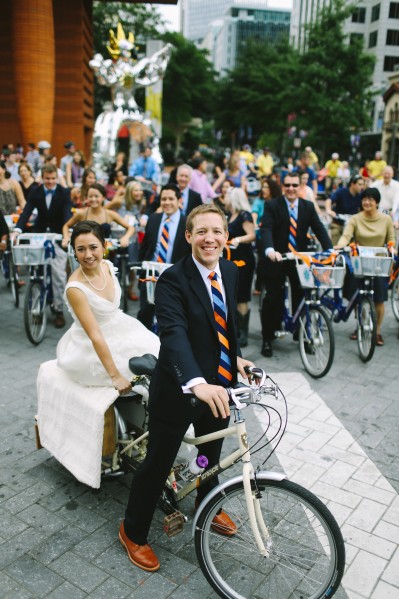

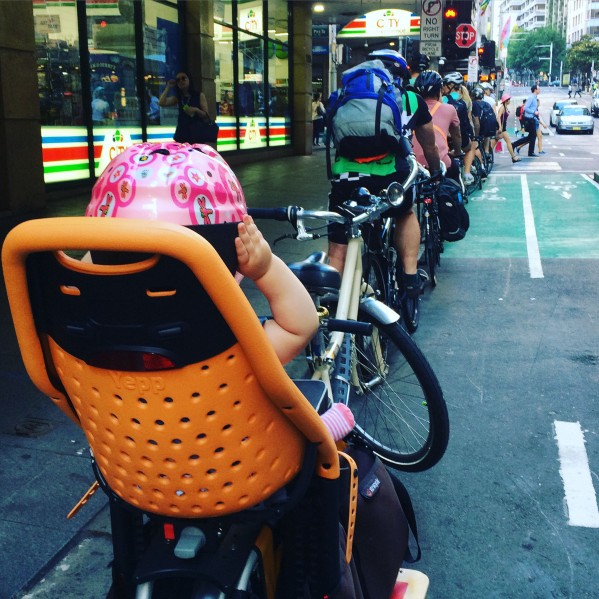
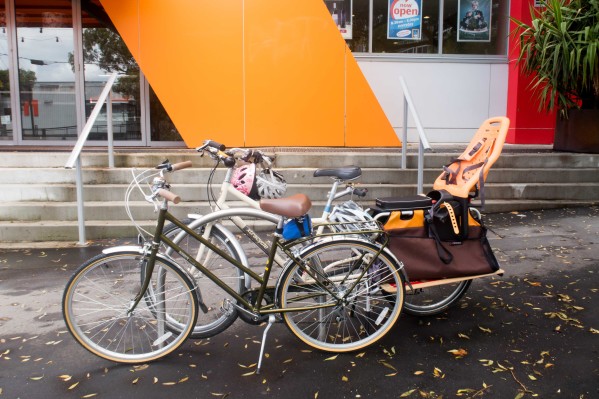
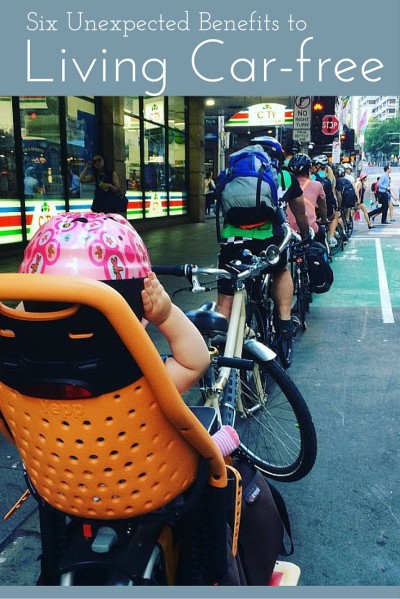
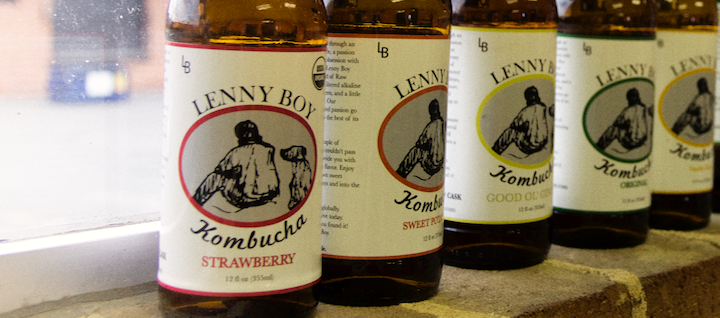
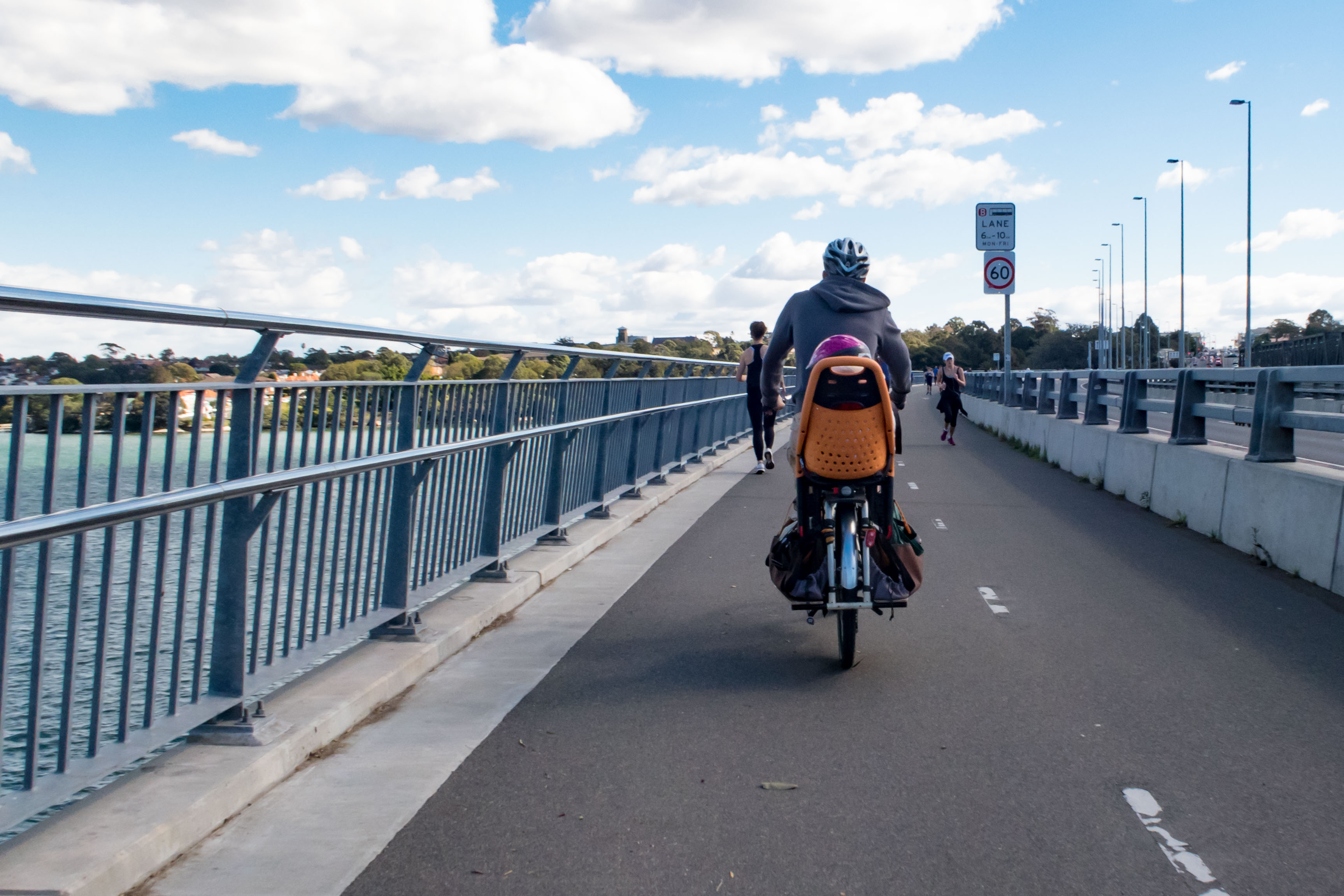
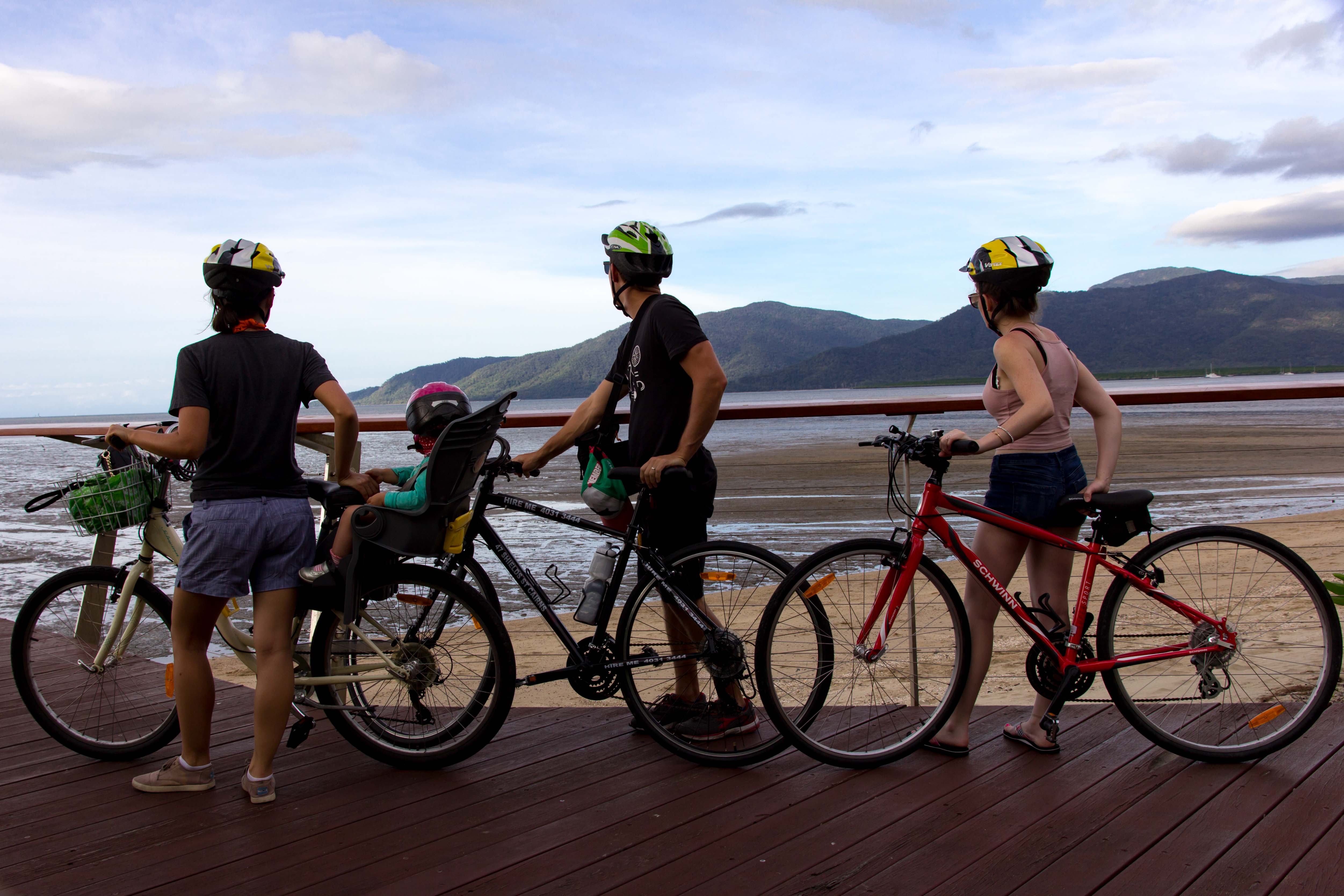
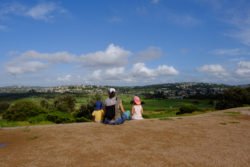
I have thought about going car free and more than once, but I need a car for my work. I also think I would go insane relying on public transport! Thank you so much for linking up with #showandtell, I hope to see you again next week xx
Hi Jenny,
Yes, there are definitely drawbacks to public transit. I actually got stuck on a bus for an hour in gridlock Friday traffic yesterday, when it would have taken me 40 minutes to walk!!
Thanks for hosting 🙂